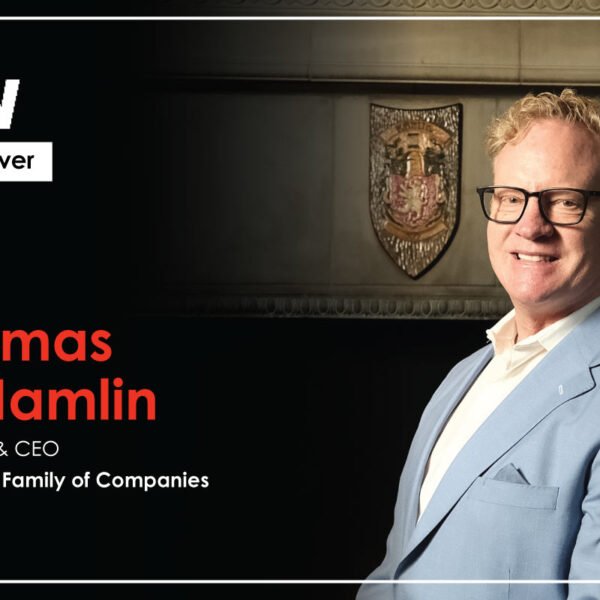Leadership is more than just a title or position—it’s a calling, a responsibility, and a skill that influences others toward a shared purpose. Who is a Leader? A leader is the person who sees the bigger picture when others can’t, who motivates a group to believe in a vision, and who walks alongside them to make that vision a reality.
In every walk of life—whether in business, politics, sports, education, or community work—leaders stand out. They bring people together, inspire action, and create lasting change. But the essence of leadership is not simply telling people what to do; it’s about building trust, fostering growth, and creating an environment where others can thrive.
Defining a Leader
To truly answer Who is a Leader, we need to move beyond the idea of authority. A leader is not just a boss; they are a guide, coach, motivator, and visionary.
According to BetterUp, leaders focus on both the “what” and the “why,” inspiring others to see purpose in their work. Meanwhile, UCD Professional Academy describes a leader as someone who “holds the team together, keeps them motivated, and ensures everyone is moving toward the same goal.”
Imagine a ship in rough seas. The captain doesn’t just shout orders from the safety of the cabin—they’re on deck, steering the wheel, reading the winds, encouraging the crew, and adjusting the course as needed. That’s the heart of leadership.
The Core Traits of a True Leader

When you think about who is a Leader, certain timeless qualities define them. These traits help them earn trust, inspire others, and make decisions that benefit the collective.
| Trait | Why It Matters | How It Shows in Action |
| Vision | Provides direction and purpose | A startup founder painting a picture of where the company will be in 5 years |
| Empathy | Builds trust and connection | A manager notices when a team member is struggling and offers support |
| Integrity | Ensures credibility | A leader owning up to mistakes and correcting them openly |
| Communication | Keeps everyone aligned | Hosting regular updates to keep the team informed |
| Adaptability | Maintains progress during change | Quickly shifting strategies during a market disruption |
| Creativity | Sparks problem-solving | Finding innovative ways to cut costs without reducing quality |
These aren’t abstract concepts—they’re lived experiences in the daily life of leaders.
The Role of a Leader in Action

Who is a Leader when it comes to real-life responsibilities? They aren’t just strategists or decision-makers—they are the heartbeat of the team.
- Coach – They nurture individual growth, helping people reach their full potential. Think of a sports coach who not only trains players but also mentors them to be disciplined, resilient, and team-focused.
- Guide – They help navigate uncertainty, offering a sense of direction when challenges arise.
- Inspiration Source – They keep the energy alive, rallying people even during tough times.
- Decision-Maker – They take responsibility for choices, whether the outcomes are good or bad.
- Culture Builder – They create an environment where people feel valued and motivated to contribute.
According to UCD, this balance between achieving goals and maintaining morale is what makes leaders truly effective.
Also Read:
- Visionary Leadership and Its Power to Shape the Future of Business
- Leader Improvement Areas: Key Focuses for Effective Leadership Development
Leadership Styles: Different Paths, Same Goal

One of the most revealing aspects of Who is a Leader is understanding that leadership comes in many forms. BetterUp highlights 18 leadership styles, but the most common include:
- Transformational Leadership – Inspiring radical change through vision and motivation. Steve Jobs’ push for innovation at Apple is a prime example.
- Democratic Leadership – Involving the team in decisions, ensuring everyone feels ownership of the outcomes.
- Servant Leadership – Prioritizing the needs of the team before personal ambitions, often seen in humanitarian leaders.
- Autocratic Leadership – Taking quick, decisive actions in high-pressure scenarios, common in military or emergency contexts.
The best leaders adapt their style depending on the needs of their team and the challenges at hand.
Leader vs. Manager: The Critical Difference
Many people confuse the terms, but Who is a Leader is fundamentally different from a manager.
| Leader | Manager |
| Inspires people with vision | Oversees processes and operations |
| Focuses on “why” | Focuses on “how” |
| Builds relationships | Maintains systems |
| Encourages innovation | Ensures stability |
| Motivates intrinsically | Motivates through structure |
While a manager might be concerned with deadlines and compliance, a leader goes deeper, fostering purpose, creativity, and commitment.
The Tangible Impact of Great Leadership
It’s one thing to define who is a Leader, but the real proof is in the results they deliver. BetterUp research shows that teams led by effective leaders experience:
- 17% higher productivity due to better engagement
- 20% increase in sales because of improved motivation and collaboration
- 21% higher profitability thanks to better strategic decisions
- Improved retention rates, as employees feel valued and supported
These numbers show that good leadership isn’t just “nice to have”—it directly affects the bottom line.
How to Become a Better Leader

The good news is that who is a Leader is not determined by birth—leadership can be learned, refined, and mastered over time. Here’s how:
- Self-Awareness – Understand your strengths and areas for growth.
- Emotional Intelligence – Connect with people beyond work tasks.
- Communication Mastery – Speak, listen actively, and foster dialogue.
- Adaptability – Stay flexible and open to change.
- Continuous Learning – Take courses, seek mentorship, and learn from feedback.
As UCD notes, leadership is a journey. Even the greatest leaders evolve by learning from experience.
The Leadership Journey in Flow
Here’s the progression that answers Who is a Leader in motion:
| Vision Setting | Defining the destination. |
| Value Alignment | Leading with authenticity. |
| Inspiring Others | Encouraging shared ownership of goals. |
| Adaptive Action | Adjusting plans to meet challenges. |
| Creating Impact | Delivering meaningful results. |
| Ongoing Growth | Improving skills and approaches continuously. |
Also Read:
- Unleashing Potential: A Deep Dive into Transformational Leadership Theory
- Is Bureaucratic Leadership Good or Bad for Employees?
- 7 Best Books on Leadership to Inspire, Motivate, and Lead with Confidence
Final Thoughts
So, Who is a Leader? They are visionaries, motivators, and changemakers who lift others and push boundaries to achieve something bigger than themselves. They don’t just manage—they inspire. They don’t just instruct—they empower.
Leadership is not reserved for CEOs or public figures. It exists in every role, every team, and every community. The question isn’t just Who is a Leader—it’s how each of us can step into that role in our way.









